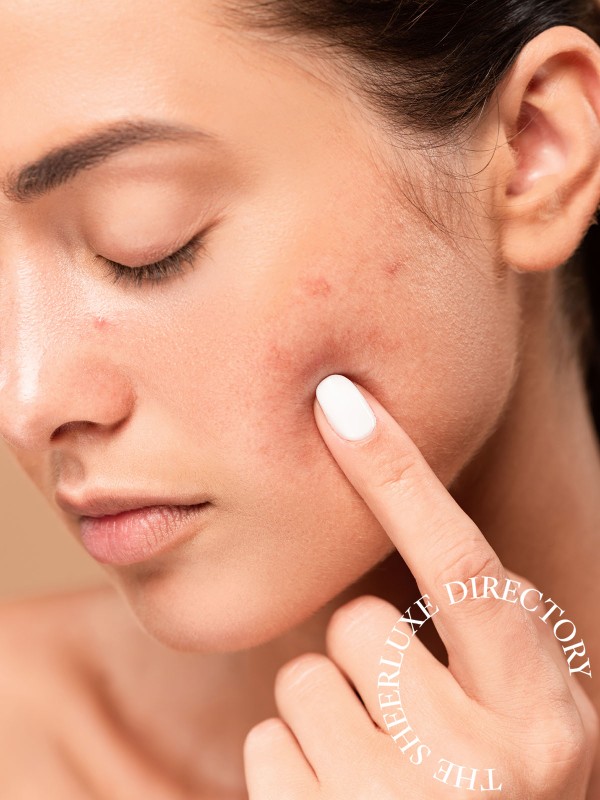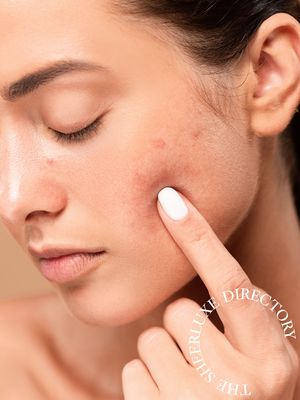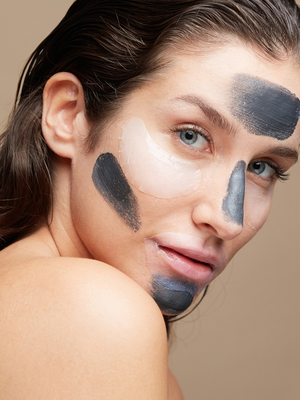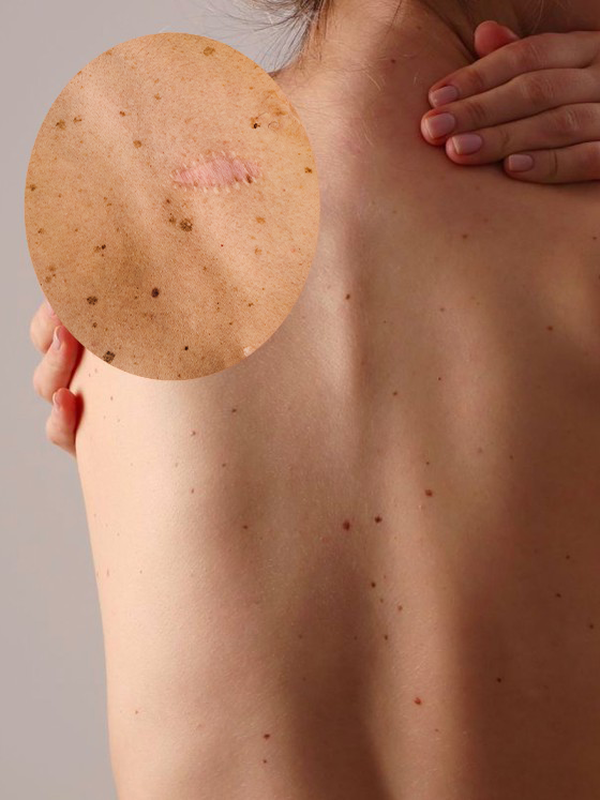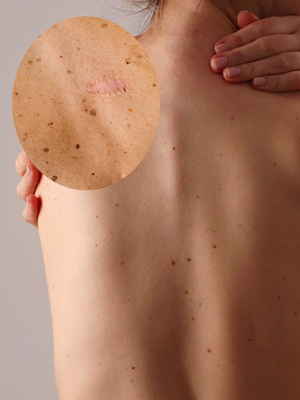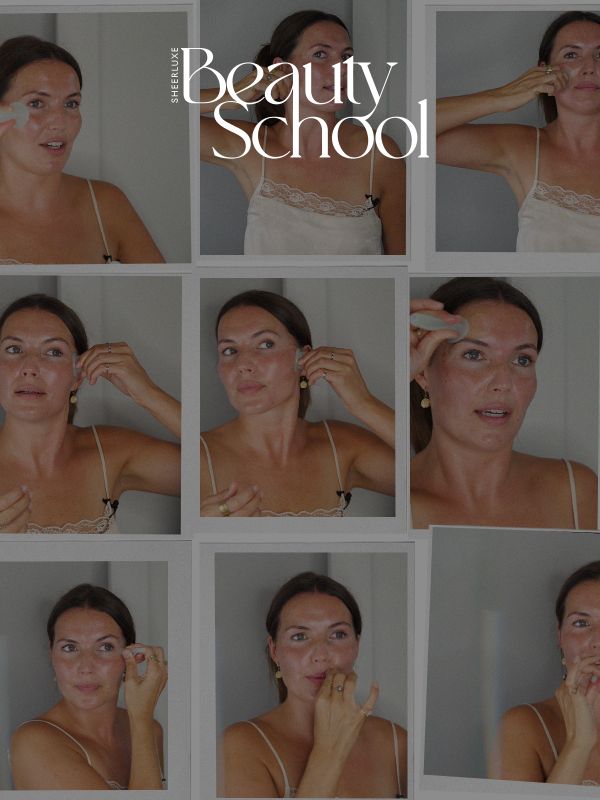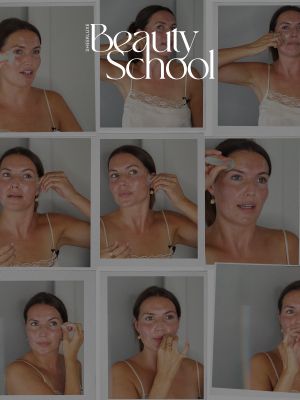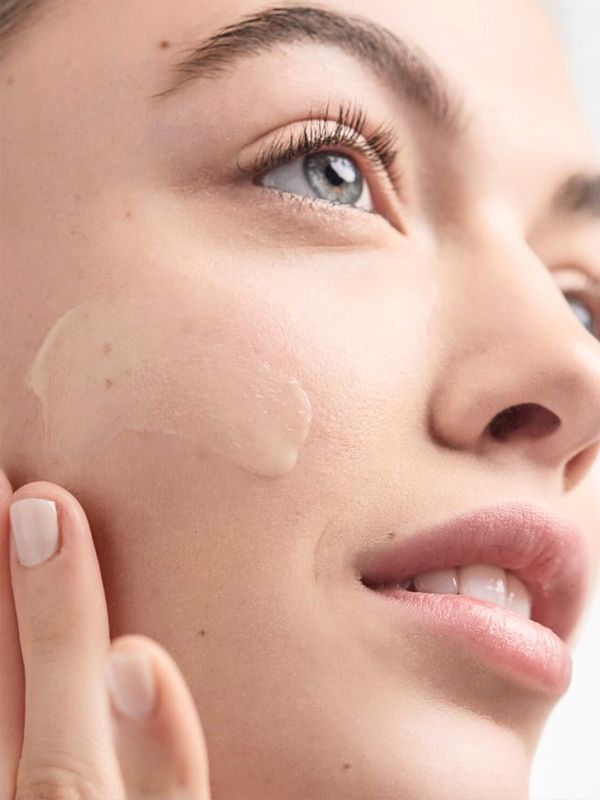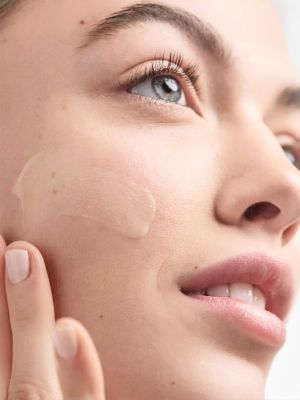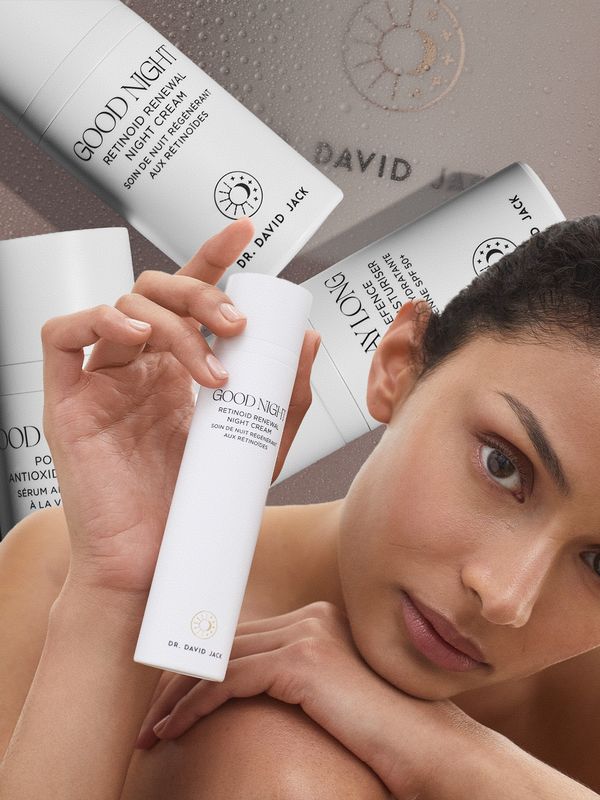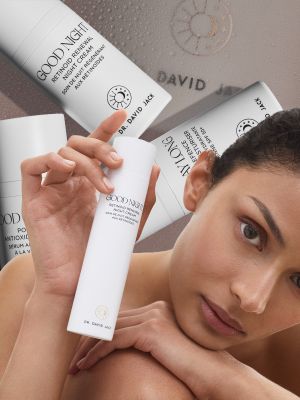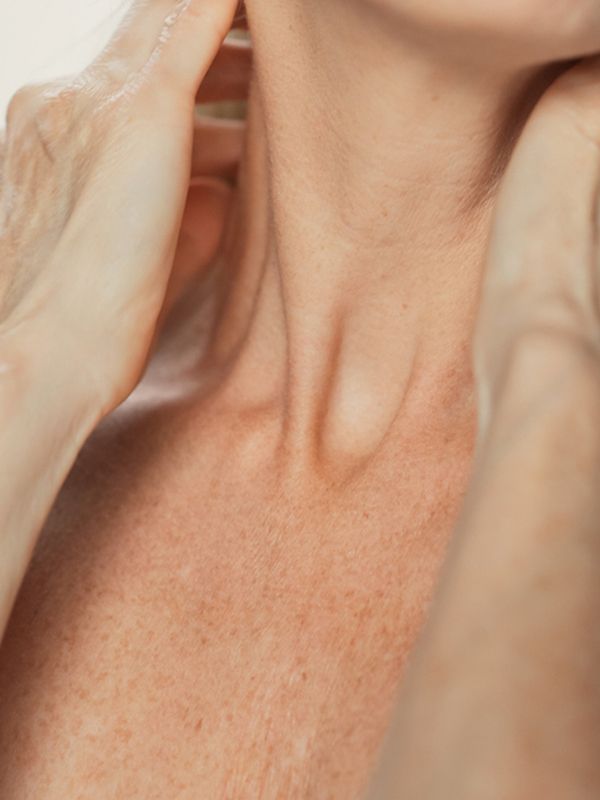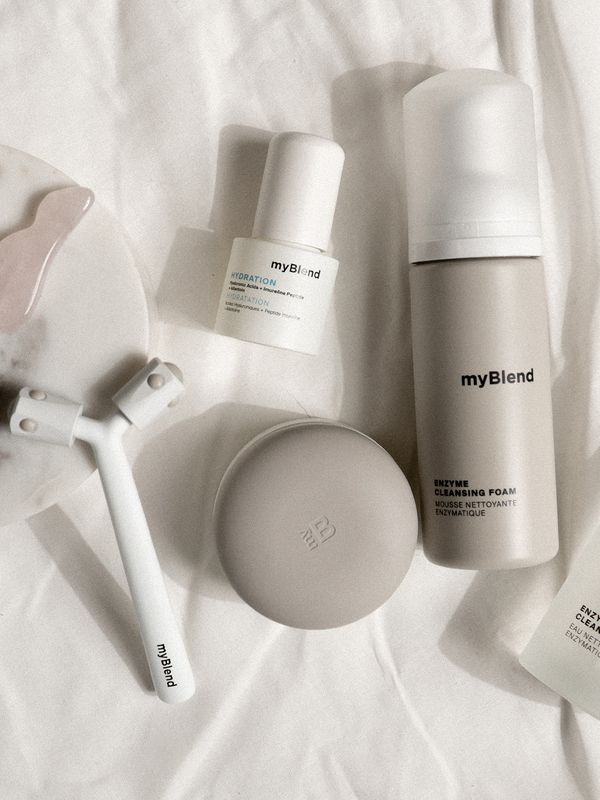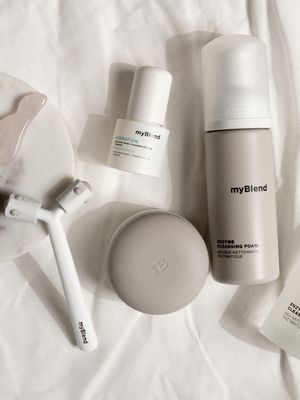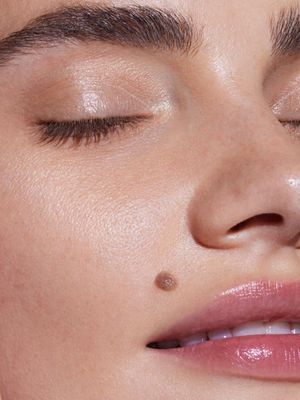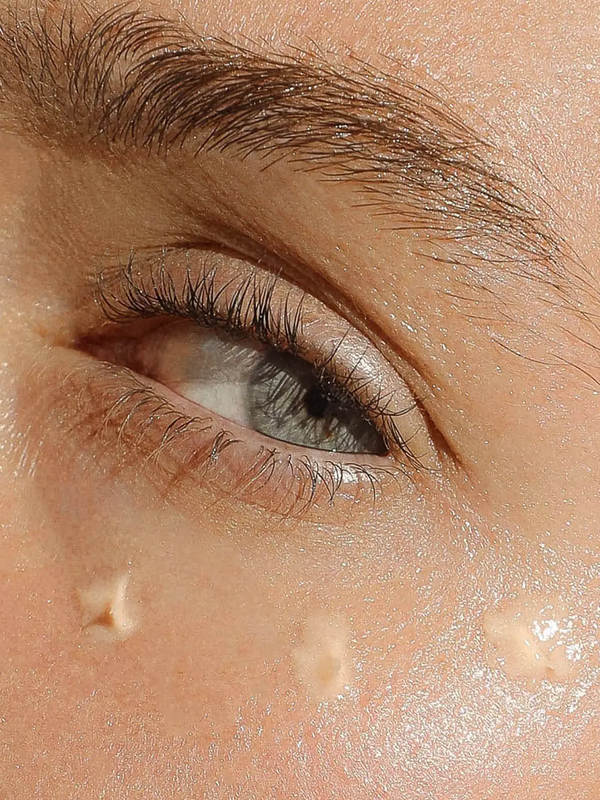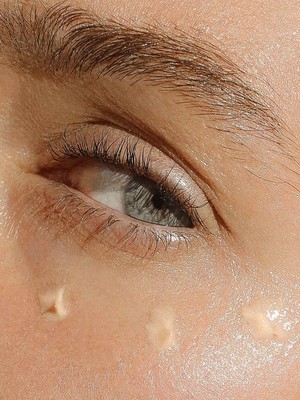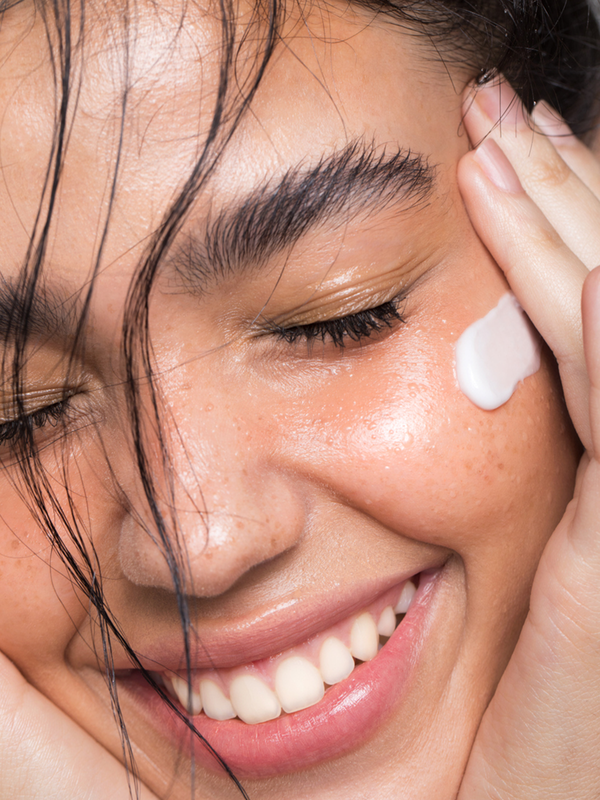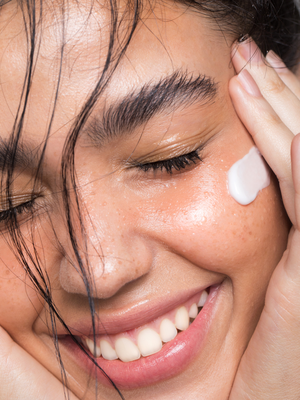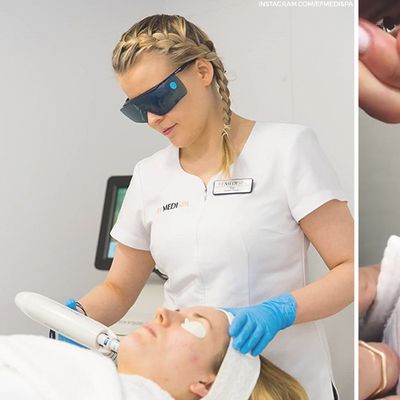
Everything You Need To Know About Fraxel Lasers
What Do Fraxel Lasers Treat?
Tackling all your skin concerns in one go, Fraxel works to peel away the top surface to reveal a new layer of glowing, healthy skin. It targets hyperpigmentation, acne scars, dullness and fine lines, but experts say it works particularly well on textured acne scars (think rolling or ice-pick scars), because the lasers can get down so deep, breaking up scar tissue as it goes. Typically, people have the laser applied to their whole faces, but the neck, décolletage, hands, and arms are also popular areas to treat.
Are There Different Types Of Fraxel Lasers?
The Fraxel Dual Laser is the most commonly sought-after treatment and the most accessible at skin clinics. The two lasers work in unison, with one targeting pigmentation and sun damage, while the other goes deeper for wrinkles, texture and scarring. You might also come across ‘Fraxel Restore’ and ‘Fraxel Repair,’ both of which are stronger, more powerful treatments that work on more severe cases. But no matter which Fraxel treatment you choose, the mechanism is the same.
How Does Fraxel Compare To Other Laser Treatments?
What sets Fraxel apart from other laser treatments is its ability to target very specific areas, so it leaves healthy tissue untouched – hence less irritation. Using a very precise laser beam, skin is kicked into gear, producing new collagen and enhancing skin cell regeneration in order to remove damaged or uneven skin tone. It basically works from the inside out to replace old, damaged cells with new, healthy ones. Experts describe it as ‘controlled micro-injury to the skin,’ with the magic happening during the repair process. Many report their fine lines and dark spots have been considerably softened post-treatment, with a smoother surface to boot.
Is The Treatment Painful?
At most, you’ll feel a tiny prickling, but your face will be numbed with an anaesthetic cream for the procedure, so pain is kept at a minimum. It should only ever feel mildly uncomfortable.
How Much Downtime Is Required Afterwards?
Don’t be alarmed if you’re red, peeling or scaly post-treatment, it’s completely normal, but you might want to make your plans accordingly. You may also have a ‘sunburn’ sensation, but experts say this settles within three to five days maximum.
What Does Aftercare Look Like?
Keep skincare minimal for a few days post-treatment. Anything too heavy can clog your newly-cleaned pores so look for gentle options like Biafine’s Skin Emulsion and CeraVe’s Hydrating Cleanser, both of which are healing and soothing options. Avoid anything harsh like prescription acne products or exfoliation for at least a week, otherwise you’ll prolong the healing process and cause more irritation. Make sure you use ample amounts of SPF too – this goes without saying after all laser treatments.
Will One Session Be Enough?
As with all anti-ageing procedures, Fraxel won’t completely stop ageing in its tracks. It will, however, help to slow it down, with experts recommending yearly touch-ups as needed for maximum, long-lasting results.
Dare we ask how much it is?
Fraxel is not cheap by any means. Typically, prices are around £800 for just one area, and increase when you cover more surface area. However, it’s worth bearing in mind prices vary depending on where you live and your specific treatment plan.
DISCLAIMER: We endeavour to always credit the correct original source of every image we use. If you think a credit may be incorrect, please contact us at info@sheerluxe.com.
